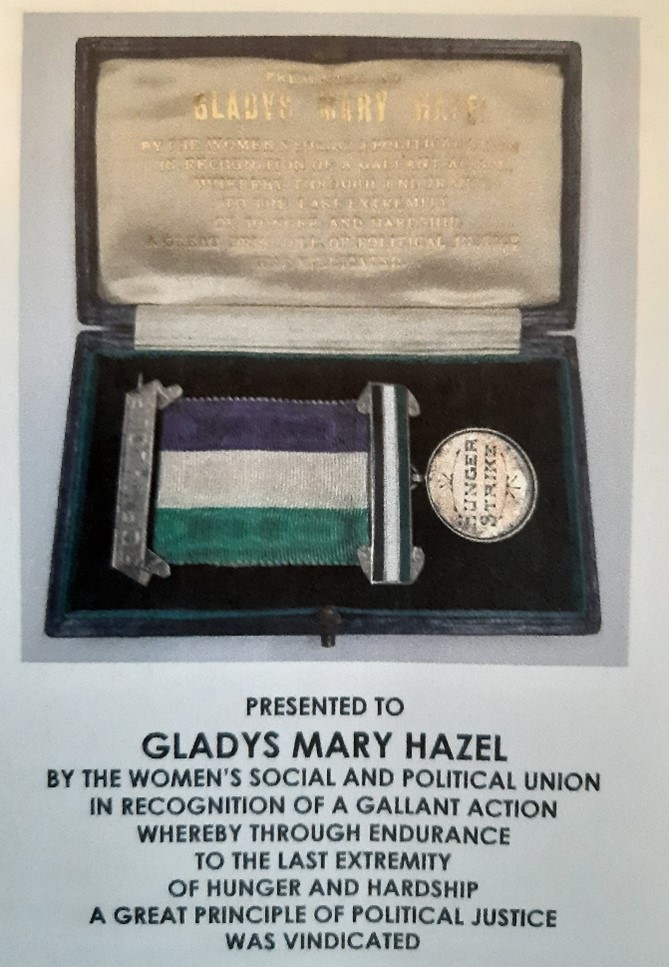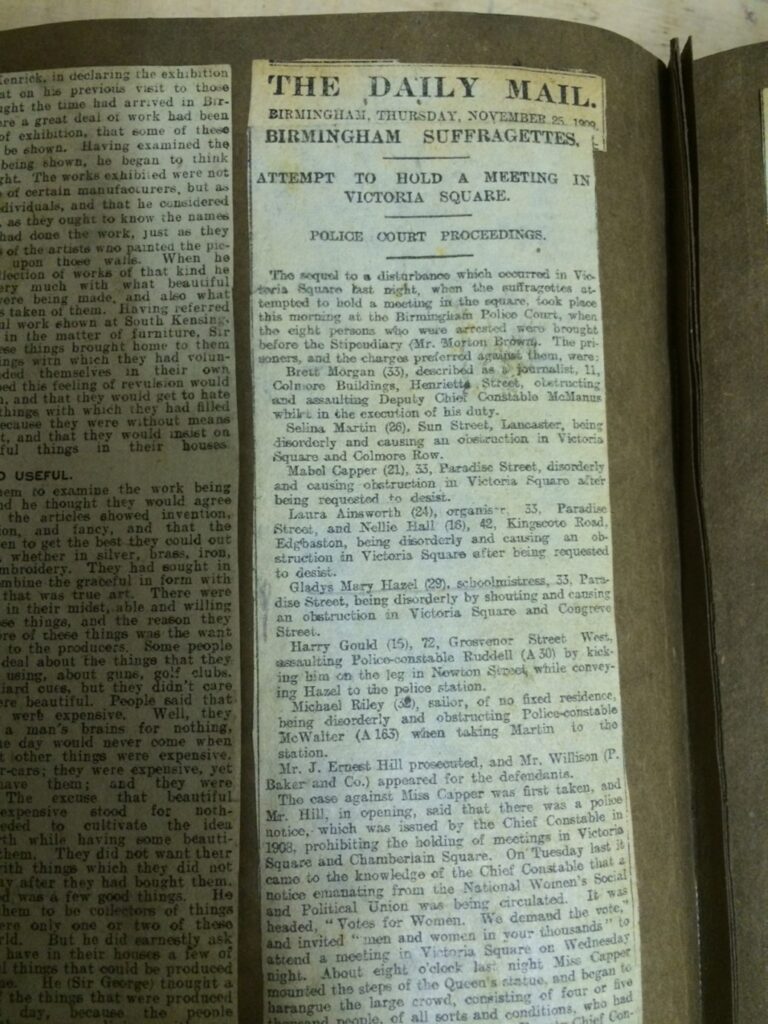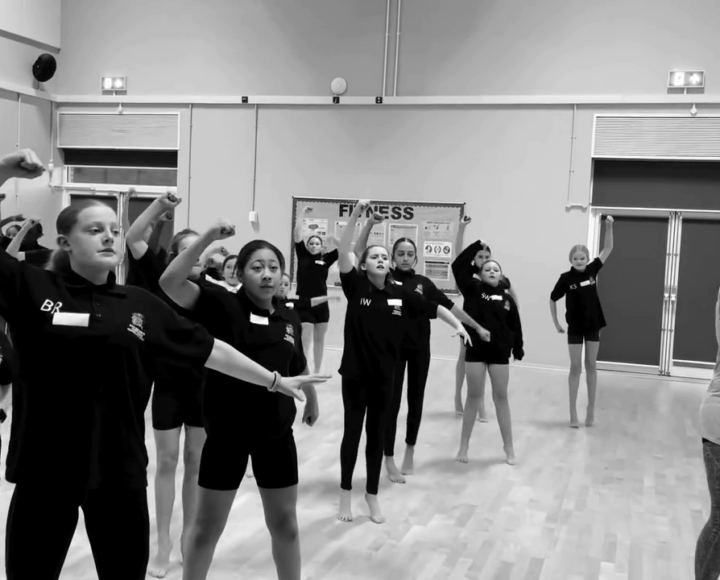With us celebrating International Women’s Day on the 8th March - a global day celebrating the social, economic, cultural, and political achievements of women, I thought it only appropriate to look back at one of the West Midlands prominent suffragettes and a former teacher at King Edward VI Aston School.
Gladys Mary Hazel taught at Aston from 1905 to 1910, specialising in English Literature and Grammar. However, Gladys led a double life as a prominent suffragette in the area, not just attending meetings but often speaking at them to. Over the years she is recorded as journeying to Wolverhampton, Stourbridge, West Bromwich and Birmingham among others in the West Midlands to protest and support the suffrage cause.
Dorothy M. Harris in the 1958 edition of ‘The Beacon’ remembers Ms Hazel fondly as ‘our suffragette’…
"She had curly red hair and an attractive face with an expression sometimes "naughty" and sometimes rather forlorn. I do not want to make fun of her political activities, but I do think that she got a " kick " out of them. Her mind seemed as red and curly as her hair and to anyone in authority she must have been a handful…”
Dorothy M. Harris; 'The Beacon', 1958
Suffrage activism was to take a dramatic turn in October 1905. Barely a few months after Ms Hazel began teaching at King Edward VI Aston School, Christabel Pankhurst and Annie Kenney were arrested at a Liberal Party meeting held in Manchester. Asking if the Liberal Party would enfranchise women, they were ignored and thrown out of the meeting before being arrested for obstruction and spitting at a police officer. This moment marked the beginning of the militant campaign within the struggle for suffrage which was led by the Women's Social and Political Union (WSPU).
Between 1905 and 1914 around 1000 suffragettes were sent to prisons such as Holloway Prison in London as a result of their militant activities. This, unfortunately, also happened to Gladys. It is recorded in the King Edward VI Governors Minutes that in 1910 Miss Nimmo reported that on the 18th November Ms Hazel had taken part in a demonstration in London and was subsequently arrested.

Despite being released the next day, Gladys had stayed on in London to take part in a further demonstration a few days later. As a result the school had to find a temporary mistress to teach English and deducted the fee from Gladys’s salary. Miss Nimmo was instructed to inform Gladys that she was permitted to stay in post, but any further issues of this nature would resort to her teaching place would be rendered vacant!

This was not the first time Gladys had got herself in trouble – an article in the Daily Mail from 25 November 1909 records police proceedings against Gladys Mary Hazel (29 years old), Schoolmistress for being disorderly, shouting and causing an obstruction in Victoria Square. Interestingly, the article continues that while Gladys was being conveyed to the Birmingham police station a 15 year old boy, Harry Gould, ran up and kicked the escorting police officer in the leg - as a result he also found himself being arrested!
The school records after the 1910 incident do not mention Gladys again, although she leaves the employment of King Edwards in December of the same year, moving on to become an assistant organiser for the WSPU Birmingham Branch. Gladys continued her fight, even spoiling her entry on the 1911 census as an act of civil disobedience.

Fortunately, Gladys kept a diary of her life which has not only survived but been turned into a novelised biography by her grand-niece, Jeni Whittaker. Her book ‘The Courage Game’ (available from all good bookshops!) is a brilliant insight into the 1900s political movement through the eyes of someone who lived it and strikes many relevant parallels not only with modern day activism, but the continued struggle for representation and equality which International Women’s Day promotes.
Charlotte Gallant, Archivist









